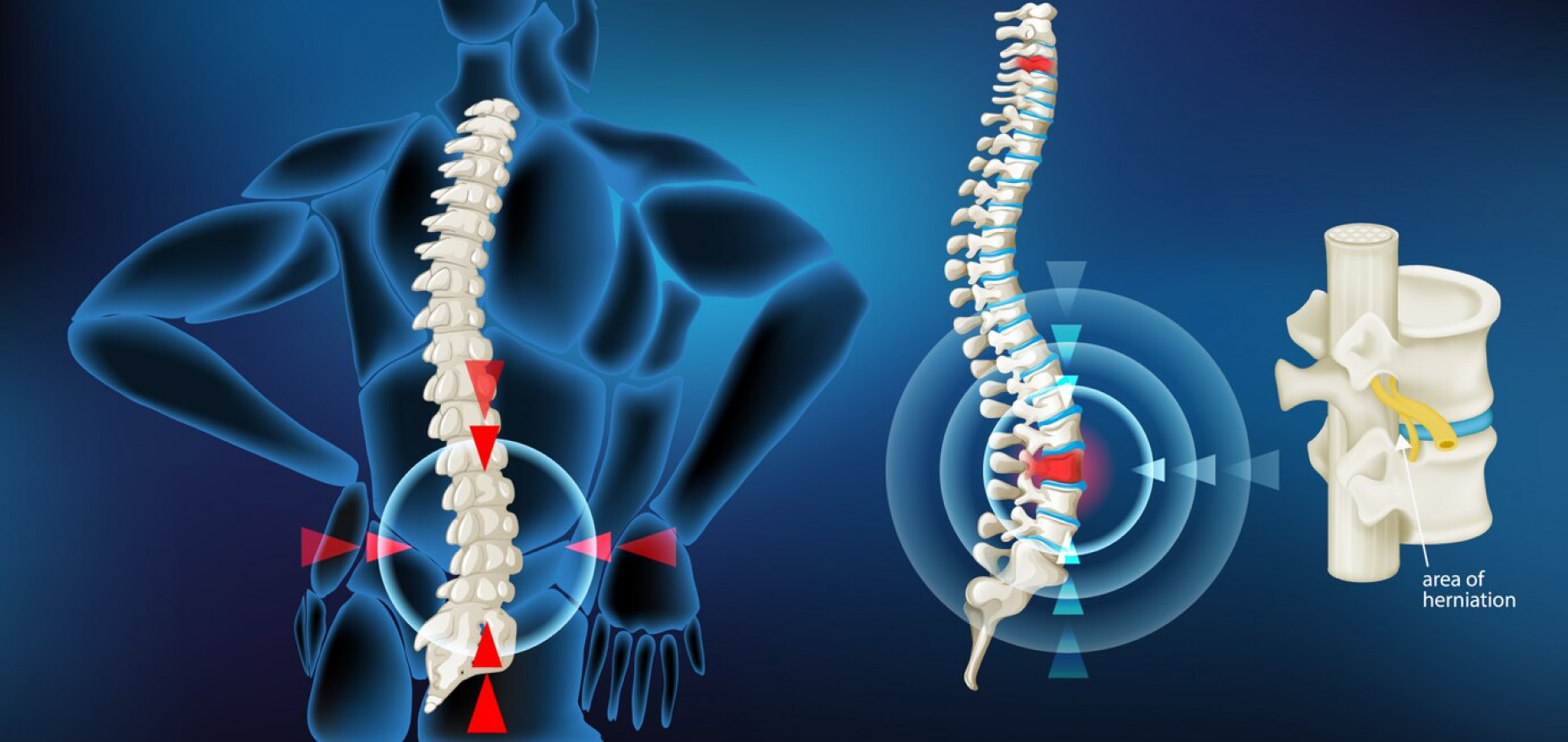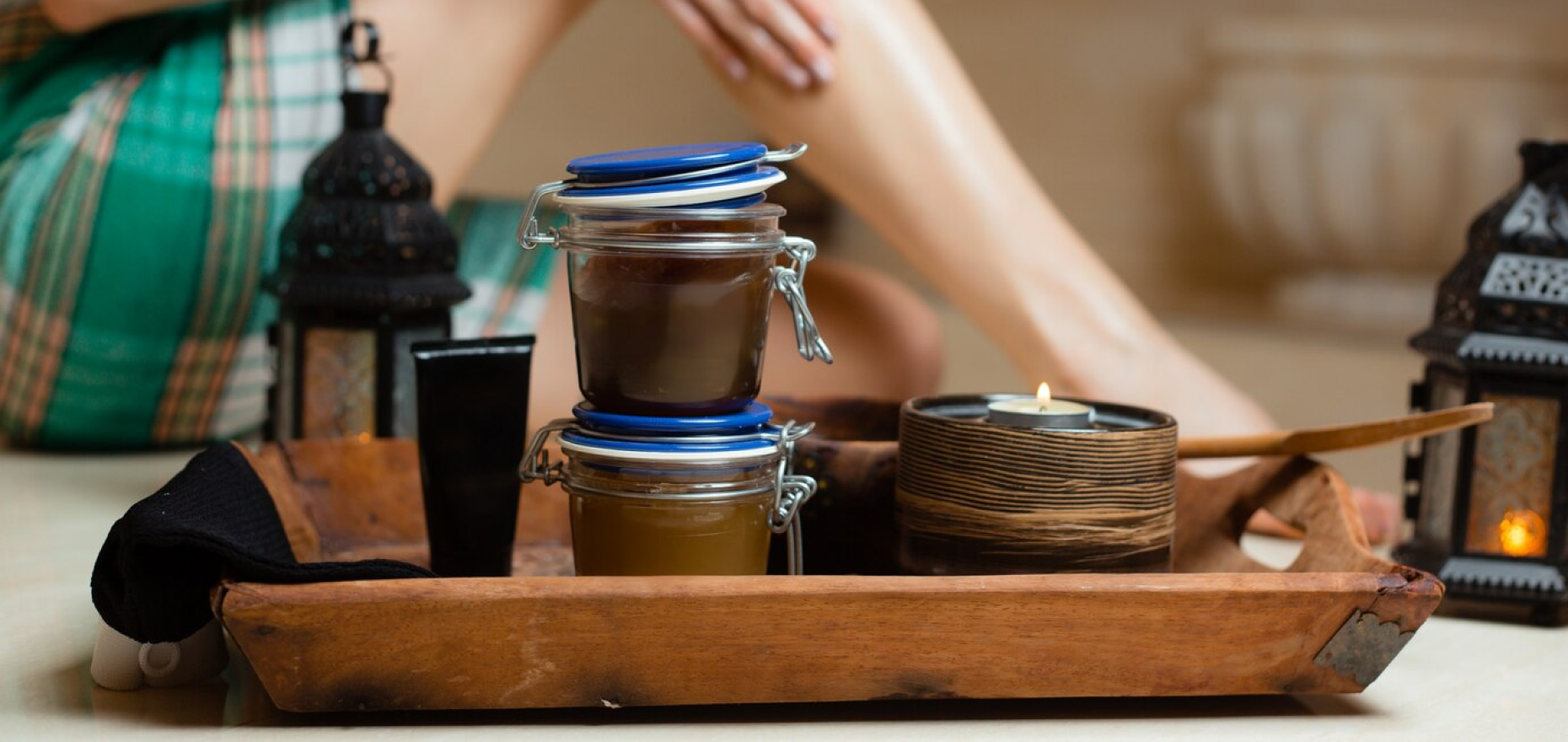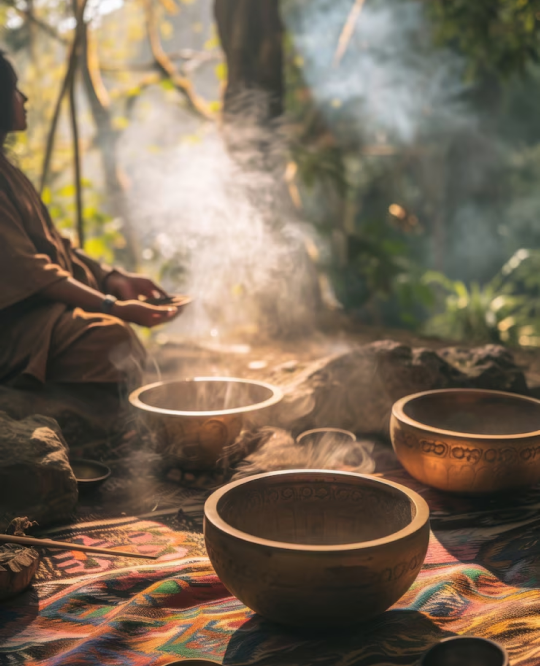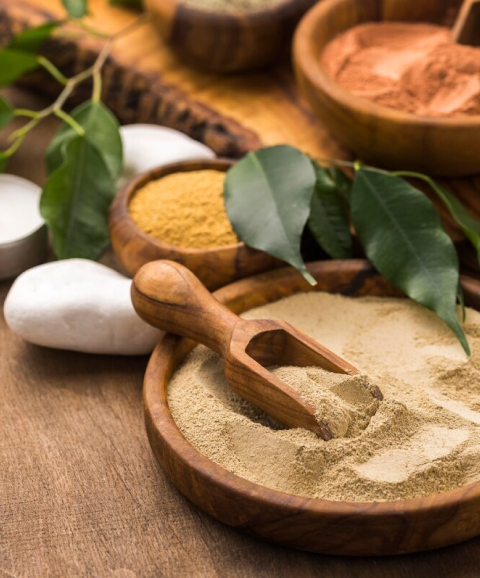
Introduction
Spine and joint issues are increasingly common in our fast-paced, sedentary lifestyles. Whether it's back pain from sitting too long, or joint stiffness from lack of movement, these problems can significantly affect your quality of life. While modern medicine offers various treatments, Ayurveda provides a holistic approach that not only relieves pain but also restores balance to the body, promoting long-term health. By addressing the root causes and offering natural remedies, Ayurveda helps you find relief and maintain the health of your spine and joints.
Understanding Spine and Joint Health in Ayurveda

The Importance of the Spine and Joints
In Ayurveda, the spine and joints are considered vital components of the body’s structural integrity. The spine is seen as the central channel of energy (Sushumna Nadi), and the joints are the connection points that allow movement and flexibility. Any imbalance in these areas can lead to discomfort, pain, and reduced mobility, affecting both physical and mental wellbeing.
Dosha Imbalances and Joint Health
Ayurveda attributes joint and spine issues to imbalances in the doshas—Vata, Pitta, and Kapha. Vata dosha, which governs movement and flexibility, is often the main culprit behind joint pain and stiffness. When Vata is aggravated, it can lead to dryness, stiffness, and discomfort in the joints. Pitta dosha, associated with inflammation, can cause swelling and heat in the joints, while an excess of Kapha can result in heaviness and reduced mobility.
Ayurvedic Approaches to Spine and Joint Health

Diet and Nutrition for Joint Health
A balanced diet is crucial for maintaining the health of your spine and joints. Ayurveda recommends consuming foods that pacify the aggravated dosha. For instance, to balance Vata, which is dry and light, incorporate warm, moist, and nourishing foods such as soups, stews, and healthy fats. Spices like turmeric and ginger are also beneficial for their anti-inflammatory properties, helping to reduce joint pain and stiffness.
Herbal Remedies for Pain Relief
Ayurveda offers a variety of herbal remedies to support spine and joint health. Some of the most effective herbs include:
- Ashwagandha: Known for its anti-inflammatory and pain-relieving properties, Ashwagandha helps reduce joint pain and improve mobility.
- Boswellia (Shallaki): This powerful anti-inflammatory herb is often used to treat arthritis and joint pain. It helps reduce inflammation and supports joint health.
- Guggulu: Often used in Ayurvedic formulations, Guggulu helps reduce joint pain, improve circulation, and detoxify the body, promoting overall joint health.
Panchakarma: Detoxification and Rejuvenation
Panchakarma is Ayurveda’s deep cleansing and rejuvenation therapy. It involves a series of treatments that help detoxify the body, remove impurities, and restore balance. For spine and joint health, Panchakarma can be particularly beneficial as it helps remove toxins (Ama) that accumulate in the joints, causing pain and inflammation. Treatments like Abhyanga (oil massage) and Vasti (medicated enema) are often used to relieve joint stiffness and improve mobility.
Abhyanga: The Healing Power of Massage
Abhyanga, or Ayurvedic oil massage, is a powerful therapy for spine and joint health. Warm, medicated oils are massaged into the body, helping to lubricate the joints, reduce stiffness, and improve circulation. The regular practice of Abhyanga not only alleviates pain but also nourishes the tissues and promotes flexibility, making it an essential part of any Ayurvedic treatment plan for joint and spine issues.
Yoga and Exercise for Strength and Flexibility
Ayurveda emphasizes the importance of regular movement to maintain the health of the spine and joints. Yoga, with its gentle stretching and strengthening poses, is particularly effective. Poses like Cat-Cow (Marjariasana-Bitilasana) and Child’s Pose (Balasana) help keep the spine flexible, while poses like Warrior (Virabhadrasana) strengthen the muscles around the joints, providing support and reducing the risk of injury.
Pranayama: Breathing for Pain Relief
Pranayama, or breath control, is another Ayurvedic practice that can benefit spine and joint health. Deep, controlled breathing helps reduce stress, which can exacerbate pain and stiffness. Specific Pranayama techniques like Anulom Vilom (alternate nostril breathing) and Bhramari (bee breath) can help calm the mind, reduce inflammation, and promote relaxation, which is crucial for pain management.
Managing Chronic Conditions with Ayurveda

Ayurvedic Treatment for Arthritis
Arthritis, a common condition affecting the joints, can be effectively managed with Ayurveda. By balancing the doshas, reducing inflammation, and improving joint lubrication, Ayurveda offers a comprehensive approach to treating arthritis. In addition to herbal remedies and Panchakarma, dietary modifications and lifestyle changes are often recommended to prevent flare-ups and manage symptoms.
Ayurvedic Approaches to Sciatica
Sciatica, a condition characterized by pain radiating along the sciatic nerve, can be debilitating. Ayurveda treats sciatica by reducing Vata dosha and addressing the underlying causes, such as poor digestion or toxin buildup. Therapies like Kati Basti (a treatment where warm oil is applied to the lower back) are particularly effective in providing relief from sciatica pain.
Holistic Care for Osteoporosis
Osteoporosis, a condition where bones become weak and brittle, can also be managed with Ayurveda. Strengthening the bones through a diet rich in calcium and other nutrients, along with specific herbs like Shatavari and Ashwagandha, helps maintain bone density. Ayurvedic treatments focus on nourishing the bones and joints while preventing further degeneration.
Long-Term Benefits of Ayurvedic Care

Sustainable Relief
One of the key advantages of Ayurveda is its focus on long-term, sustainable relief. Rather than simply masking symptoms, Ayurvedic treatments address the root causes of spine and joint issues, promoting lasting health and wellness. Regular practice of Ayurvedic principles can help prevent the recurrence of joint and spine problems, allowing you to enjoy a pain-free, active lifestyle.
Empowering Self-Care
Ayurveda empowers individuals to take charge of their own health. By understanding your dosha and adopting practices that promote balance, you can actively participate in maintaining your spine and joint health. This proactive approach not only prevents issues from arising but also enhances overall wellbeing.
Conclusion
Ayurveda offers a holistic, natural approach to spine and joint health that goes beyond merely treating symptoms. By addressing the root causes of pain and stiffness, promoting balance, and incorporating practices like diet, herbal remedies, Panchakarma, and yoga, Ayurveda helps you find lasting relief and maintain the health of your spine and joints. Whether you're dealing with chronic conditions like arthritis or simply want to improve your overall joint health, Ayurveda provides the tools you need to achieve and maintain a pain-free, balanced lifestyle.
Frequently Asked Questions about Ayurveda
Yes, Ayurveda offers various treatments, including herbal remedies, massage, and dietary changes, to effectively manage and reduce chronic joint pain.
Ayurveda treats spine issues by balancing the doshas, reducing inflammation, and using therapies like Panchakarma and Abhyanga to relieve pain and improve mobility.
Ayurvedic treatments are generally safe and use natural remedies. However, it’s important to consult with a qualified Ayurvedic practitioner to ensure the treatments are appropriate for your specific condition.
Yes, Ayurveda can be used in conjunction with conventional medicine. It's important to discuss with your healthcare providers to ensure complementary treatments.
Ayurveda recommends a balanced diet, regular exercise like yoga, stress management techniques, and daily routines that support the health of your spine and joints.






